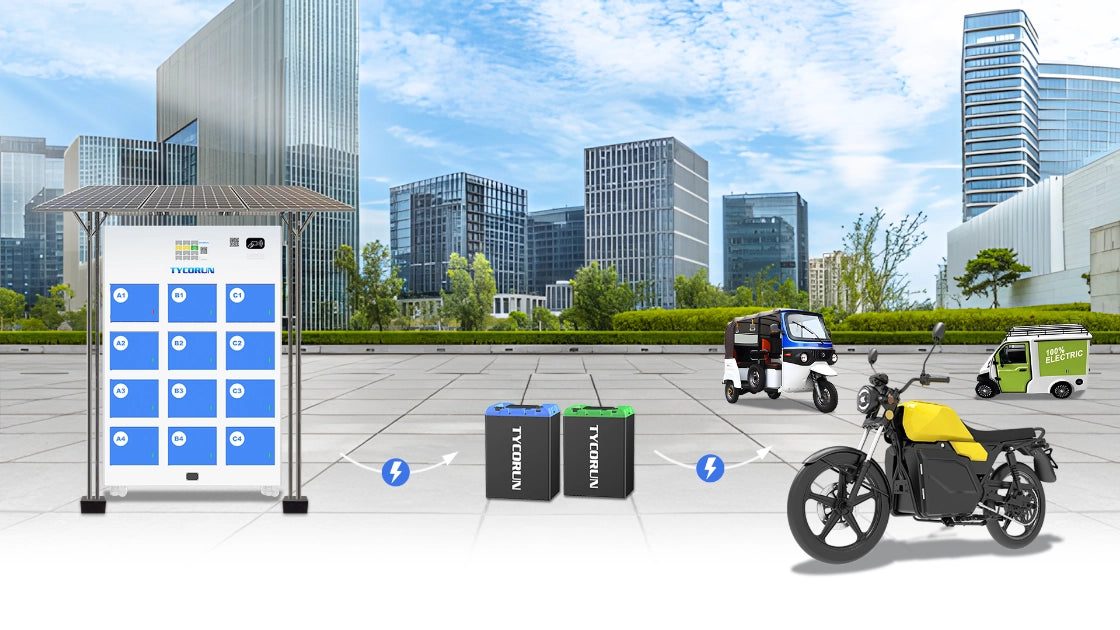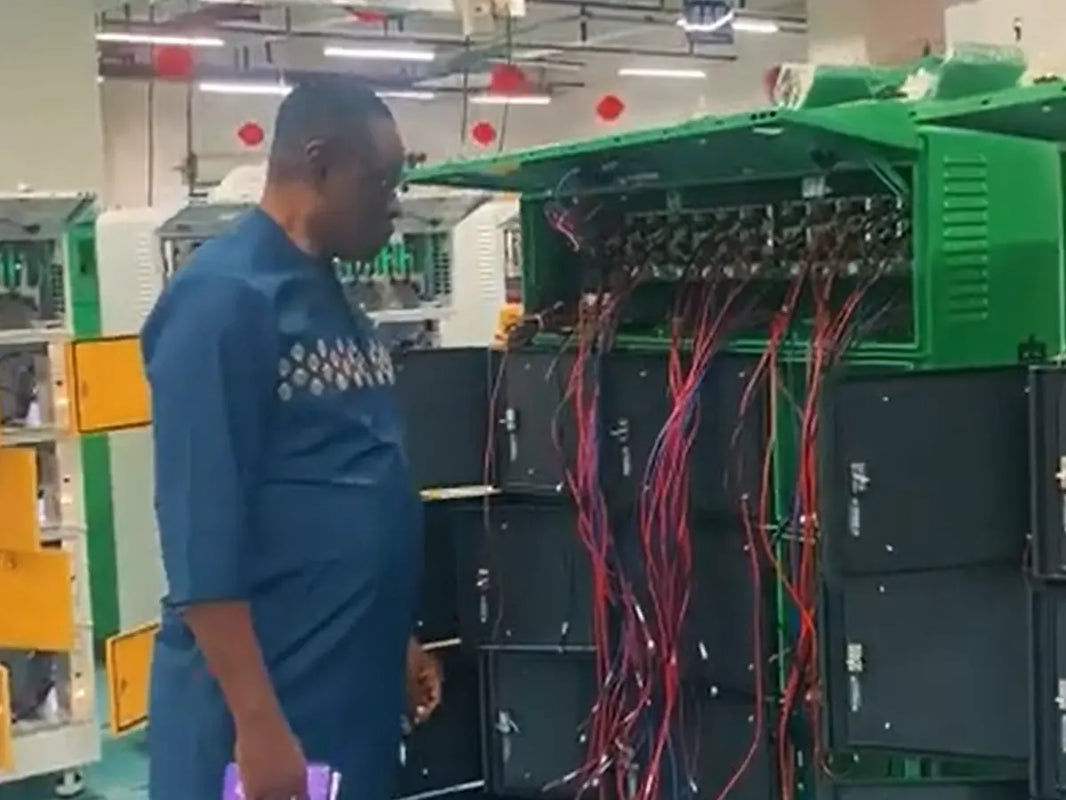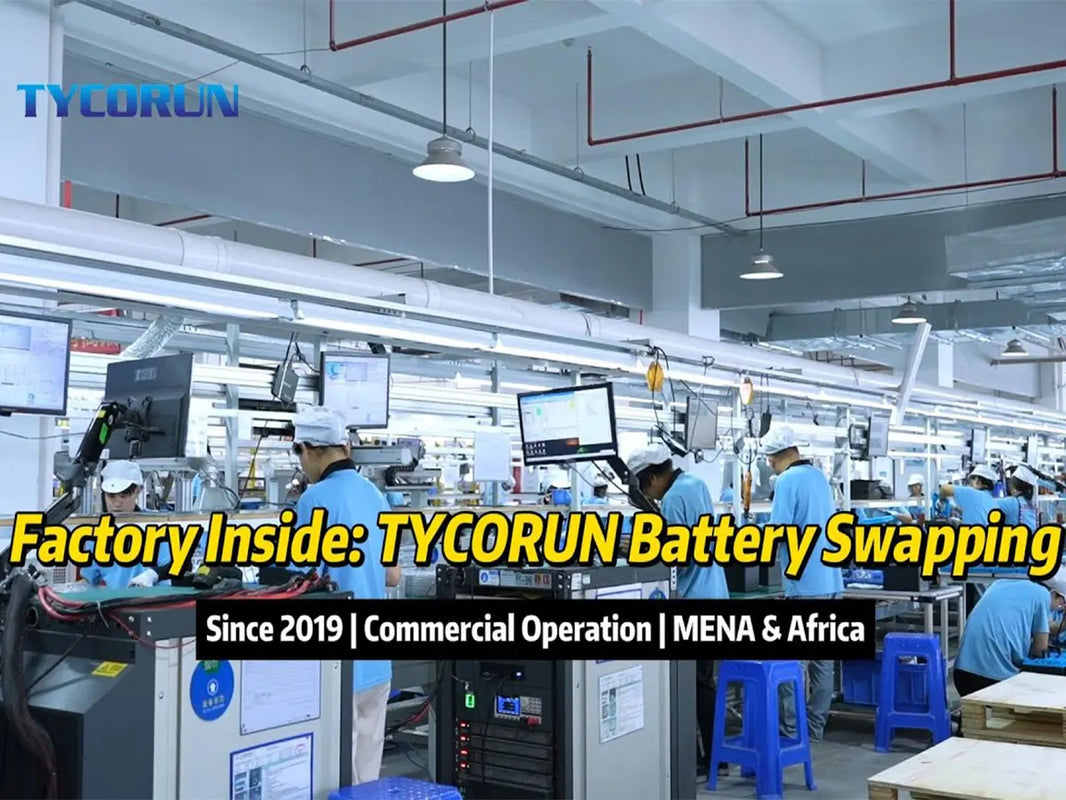
|
Main content: |
A charger usually refers to a device that converts alternating current into low-voltage direct current to supplement energy for power batteries. The on-board charging power supply converts the AC power of the grid into DC power suitable for the use of the battery, adopts the contact charging method, and adopts the stage charging method for the battery. The charger is usually composed of the following parts, including the main circuit part, the auxiliary power supply part, the APFC control part, the DC/DC control part and the auxiliary power supply control part, etc. The composition of the charger and the logical relationship between each part are shown in Figure 1 shown.

Figure 1 The basic composition of the charger and the logical relationship between each part
According to the different output power, chargers can be divided into three types: low-power chargers (250~500W), medium-power chargers (500~1000W) and high-power chargers (greater than 1000W).
1.Divided by the way of power transmission

According to whether it is in direct contact with the power grid, chargers can be divided into conductive chargers and inductive chargers. Conductive chargers transmit electrical energy through connecting cables, and have the advantages of simple structure, low cost, and high transmission efficiency.
The working process of the conduction charger is similar to the refueling of the internal combustion engine vehicle. The internal combustion engine vehicle realizes the refueling by connecting the filler nozzle to the fuel tank port to refuel the vehicle, while the electric vehicle charges the power pack on the vehicle by connecting the charging plug to the charger. Supplementary energy. Figure 2 shows the plug-in hybrid version of the Prius model. This model is equipped with a lithium-ion battery pack, which can be fully charged in only 1.5~2 hours at a voltage of 230V.

Figure 2 Plug-in hybrid version of the Prius
Inductive chargers, electric vehicles have no direct contact and physical connection with the grid or energy devices, but transfer energy through a transformer inductively coupled magnetic circuit. The inductive charger has a complex structure, but it has strong versatility and is safer and more reliable. Inductive charging technology is also called non-contact energy transmission, which is to wind the inductively coupled magnetic circuit of traditional transformers into primary and secondary windings, so that energy can be transferred between the power supply and the load without physical connection. Therefore, it is not required to have a conductor connected between the charger and the electric vehicle, thereby optimizing the charging versatility of the electric vehicle, and automatic charging is safer and more convenient. The alternating current is first rectified and filtered, and then sent to the high-frequency inverter unit to be converted into high-frequency alternating current, which is then coupled from the primary to the secondary, and then rectified by high-frequency again to obtain direct current. In this process of charging the battery, the physical quantities such as the current, voltage and temperature of the battery need to be collected by the corresponding sensors and wirelessly transmitted to the primary of the inductive coupler, thereby forming feedback control. Figure 3 shows the structure of an inductive charging system.

Figure 3 Structure of an inductive charging system
Figure 4 shows the wireless inductive charging system developed by BMW, which will be used in BMW's i-series electric vehicles and plug-in hybrid vehicles. The wireless charging system developed by BMW consists of two parts, the secondary coil installed on the chassis of the car and the primary coil installed on the ground. Electric energy is transferred through the alternating magnetic field between the two coils. The charging rate of the system can reach 3.6kW/h, and it is expected to increase to 7kW/h in the future. BMW believes that the charging efficiency of this system can reach more than 90%.

Figure 4 The wireless inductive charging system developed by BMW
2.According to the installation location

Whether the charger is installed on the electric vehicle can be divided into stationary charger and vehicle-mounted charger. Stationary chargers generally refer to large chargers in charging stations, which can achieve high power and fast charging. However, its charging effect is not ideal, and there are problems such as long charging time, low charging efficiency and unsatisfactory charging. At the same time, there are many faults in the charging control system, and most chargers do not match the battery. The on-board charger is installed inside the electric vehicle, and its power is small, but it can be completely designed according to the type of on-board battery, so it has a very high matching degree with the battery. In addition, vehicles equipped with on-board chargers can be charged immediately in residential quarters, parking lots, and roadsides where power is provided, with good convenience. Therefore, under the circumstance that the charging station has not been constructed and popularized on a large scale, the on-board charger still has good development potential.

Electric Vehicle Stationary Charger
The on-board charger is one of the on-board components of pure electric vehicles. It not only needs to provide high-quality charging voltage and current, but also puts forward higher requirements for waterproof, dust-proof, shock-proof and electromagnetic compatibility (EMC), and at the same time, it is more stringent limit its weight and volume. Therefore, reliability should be regarded as the most important performance index in the design of on-board chargers.

Electric Vehicle On-board Charger
The reliability requirements of on-board chargers mainly include the following aspects.
(1) Waterproof and dustproof.
Since the car charger is generally installed on the chassis of the electric vehicle, close to the ground, the working environment is relatively harsh, and the control circuit and power devices in the charger do not have the functions of waterproof and dustproof, so its shell should be sealed. structure to ensure that the effects of rain and dust can be effectively avoided.
(2) Have good electromagnetic compatibility (EMC).
With the increasing application of electronic devices in modern automobiles, the electromagnetic compatibility of vehicles becomes more important and prominent. Since the switching frequency of the power conversion circuit of the on-board charger is relatively high, it will inevitably generate electromagnetic interference, so its control circuit has a certain ability to withstand electromagnetic interference from the outside of the on-board interference source.
(3) Good seismic performance.
Under the vibration environment of 10~500Hz, the components of the vehicle-mounted equipment should not be damaged, and the fasteners should not be loose.
(4) Small size and light weight.
Restricted by the space of the car and the quality of the whole vehicle, the on-board charger has stricter requirements on the quality and volume in the design. The use of advanced high-frequency soft-switching technology can not only reduce the loss of power devices, but also meet the requirements of reducing volume and quality.
















